
- What Are Roofing Warranties?
- Manufacturer Coverage: What Does It Include?
- Workmanship Coverage: What Does It Include?
- How to Choose the Right Roofing Warranty
- Case Study: A Real-World Example of Roofing Warranty Protection
What Are Roofing Warranties?
Roofing warranties are essential for protecting your home or business investment. They provide assurances that your roof will be covered in the event of defects in materials or issues arising from improper installation. Roofing warranties generally fall into two categories: manufacturer coverage and workmanship coverage. Understanding the differences between these two types of coverage is vital for homeowners and business owners to ensure they have the protection they need when installing a new roof or maintaining an existing one.
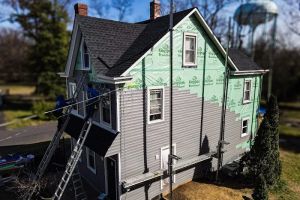
Revolution Roofing and Remodeling, Inc
BurlingtonBurlington CountyNew Jersey
13 Orly Way, Burlington, NJ 08016, USA
Manufacturer Coverage: What Does It Include?
Manufacturer coverage refers to the warranty provided by the manufacturer of the roofing materials (such as shingles, tiles, or underlayment). This warranty typically covers defects in materials, such as cracking, fading, or premature wear and tear due to manufacturing errors.
Manufacturer warranties usually vary in terms of duration and coverage, and they may offer different levels of protection based on the quality of the materials. Here’s a breakdown of what typically falls under manufacturer coverage:
- Material Defects: Manufacturer coverage typically ensures that if the roofing material is defective, the manufacturer will replace it. This may include issues such as curling shingles, premature wear, or materials failing to meet specified standards.
- Coverage Period: Manufacturer warranties may be limited or extended, ranging from 10 to 50 years, depending on the type of material used and the manufacturer’s policy.
- Transferability: Some manufacturer warranties are transferable to new homeowners, adding value to your property. Others are non-transferable and apply only to the original homeowner.
Workmanship Coverage: What Does It Include?
Workmanship coverage, on the other hand, is provided by the contractor or roofing company that installs the roof. This warranty typically covers errors made during the installation process, such as improper placement of shingles, inadequate sealing, or failure to follow manufacturer guidelines.
Workmanship warranties are often shorter in duration than manufacturer warranties, but they are just as important. If your roof starts leaking or showing signs of installation issues shortly after installation, a workmanship warranty should protect you from repair costs. Here’s a closer look at workmanship coverage:
- Installation Errors: If your roof starts leaking or experiencing issues due to improper installation, the workmanship warranty typically covers the repair or replacement of the affected areas.
- Duration of Coverage: Workmanship warranties typically range from 1 to 10 years, depending on the contractor and the complexity of the roof installation.
- Non-Transferable: Unlike manufacturer warranties, workmanship warranties are usually non-transferable. They apply only to the original homeowner and are tied to the specific installation.
How to Choose the Right Roofing Warranty
When choosing a roofing warranty, it’s essential to consider both manufacturer and workmanship coverage to ensure you have comprehensive protection. Here are a few tips to help you make the right choice:
- Assess the Quality of Materials: The higher the quality of the roofing materials, the better the manufacturer warranty typically is. Consider investing in higher-quality materials if you want a longer-lasting roof and more extended coverage.
- Check the Contractor’s Reputation: Workmanship warranties are only as good as the company that provides them. Ensure you hire a reputable contractor with a proven track record to minimize the chances of installation errors.
- Understand the Terms and Conditions: Review the fine print of both manufacturer and workmanship warranties to understand what’s covered and what’s not. Pay attention to the duration, coverage, and any exclusions that may apply.
- Consider Your Home’s Location: In areas with extreme weather conditions, such as heavy snow or intense heat, it’s essential to choose roofing materials and warranties that can withstand those conditions. Some warranties offer additional protection for areas with specific weather concerns.
Case Study: A Real-World Example of Roofing Warranty Protection
Let’s take a look at a real-world example of how roofing warranties can protect homeowners. Jane and Mark, a couple from a coastal area, decided to replace their aging roof with a high-quality shingle roof from a reputable manufacturer. They chose a roofing company that offered both a strong manufacturer warranty and a workmanship warranty for installation.
Shortly after the roof was installed, they noticed a small leak during a heavy rainstorm. The roofing company inspected the issue and determined that the leak was due to an installation error, not a problem with the materials. Thanks to the workmanship warranty, the contractor repaired the issue at no cost.
Several years later, after experiencing a few extreme weather events, they noticed some shingles beginning to curl and crack. The manufacturer’s warranty covered the cost of replacing the defective shingles, ensuring that their roof was fully protected.
This case study highlights the importance of having both manufacturer and workmanship coverage. The combination of both warranties allowed Jane and Mark to enjoy long-term peace of mind, knowing that both material defects and installation issues were covered under their warranties.

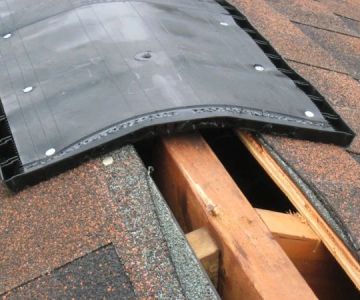
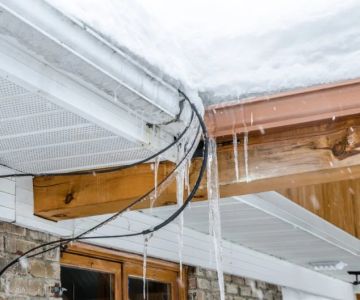
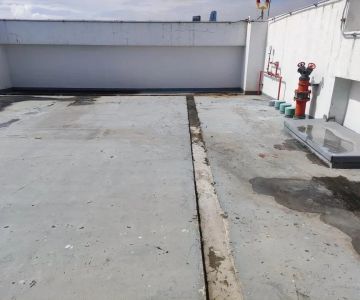
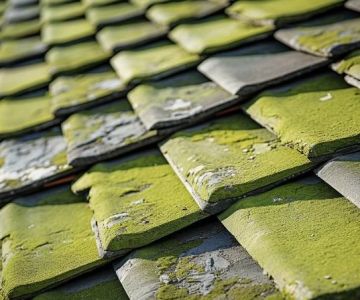

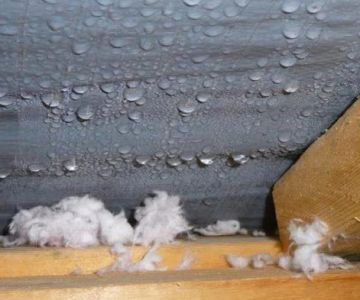
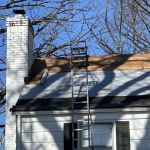 Strong Roofing0.0 (0 reviews)
Strong Roofing0.0 (0 reviews) United Home Experts of Rhode Island5.0 (44 reviews)
United Home Experts of Rhode Island5.0 (44 reviews) Global Construction LLC5.0 (20 reviews)
Global Construction LLC5.0 (20 reviews) Gillespie Contracting, Inc.4.0 (54 reviews)
Gillespie Contracting, Inc.4.0 (54 reviews)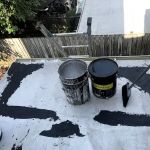 Roofline Roofing4.0 (18 reviews)
Roofline Roofing4.0 (18 reviews) Brian Emmons Roofing5.0 (19 reviews)
Brian Emmons Roofing5.0 (19 reviews)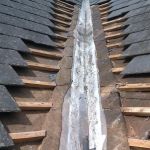 The Average Cost of a Roof Repair for a Leak in a Valley
The Average Cost of a Roof Repair for a Leak in a Valley The Cost of a New Roof with Enhanced Algae Resistance Warranty
The Cost of a New Roof with Enhanced Algae Resistance Warranty Choosing the Right Roofing Materials for Green Roof Systems
Choosing the Right Roofing Materials for Green Roof Systems How Agricultural Chemicals Affect the Lifespan of Your Roof
How Agricultural Chemicals Affect the Lifespan of Your Roof The Cost of Roof Replacement for a Two-Story House vs. a One-Story
The Cost of Roof Replacement for a Two-Story House vs. a One-Story The Average Cost of a Roof Coating with Elastomeric Properties
The Average Cost of a Roof Coating with Elastomeric Properties